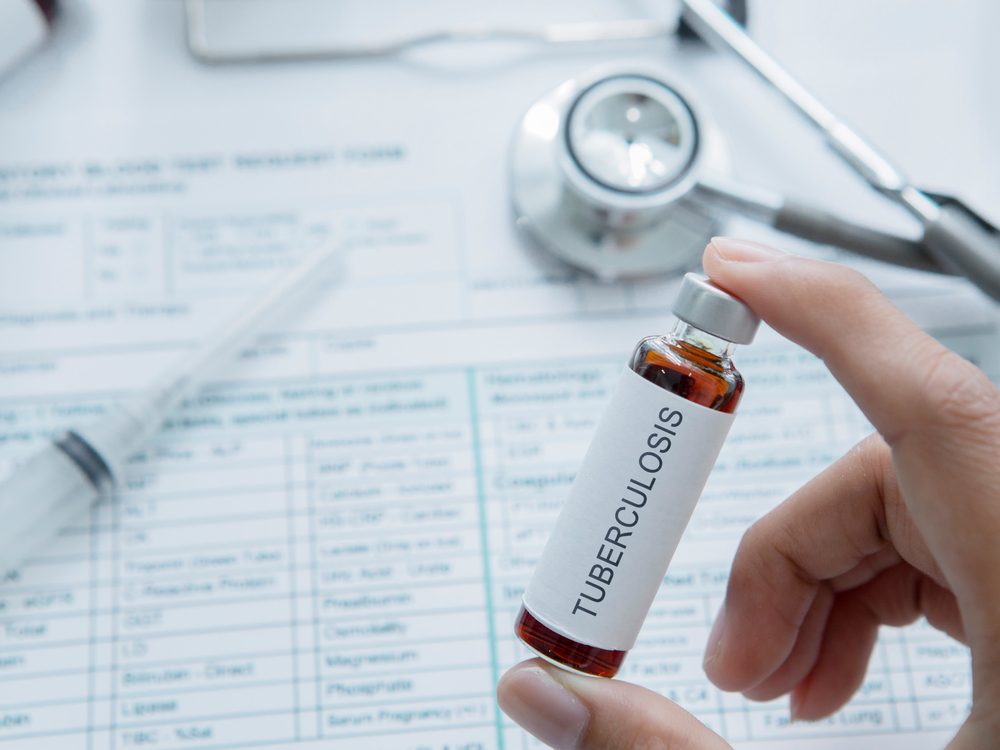
What’s Wrong with Me?
The patient: Karim (name has been changed), a 30-year-old retail clerk
The symptoms: Severe abdominal pain and fever
The doctor: Dr. Alexander Greenstein, gastrointestinal surgeon at the Mount Sinai Hospital in New York City
The problems in Karim’s gut began when he was in his early 20s. He’d get diarrhea—running to the toilet as many as 10 times a day—and his stomach was often in agony after meals. Back then, he still lived in his North African home country, and it was there that a doctor diagnosed him with Crohn’s disease, the autoimmune condition known for causing abdominal discomfort. For eight years, Karim tried various medications seeking relief, but his symptoms only continued to wax and wane. The young man grew thinner and thinner, and sometimes he was too unwell to work.
When Karim moved to New York in early 2017 seeking more employment opportunities, one of his first priorities was to get another medical opinion and perhaps find some fresh hope. And indeed, his new doctor had additional suggestions for relieving Karim’s Crohn’s symptoms, including Humira, a breakthrough drug made from human antibodies that curbs the body’s inflammatory response.
At first, Humira seemed to help. Karim felt better and even put on a bit of weight. But a few weeks after starting the drug, he was rushed to the Mount Sinai emergency room in the middle of the night, in crisis. For three days, his pain had intensified, and now it felt as though a blade was relentlessly cutting through his middle. He was feverish and severely constipated. The initial lab workup showed he had elevated lymphocytes, white blood cells that fight infection.
These are the 50+ health symptoms you should never ignore.

Contradictory Symptoms
Dr. Alexander Greenstein, a specialist in inflammatory bowel diseases, saw Karim first thing in the morning. To Greenstein, Karim had all the telltale signs of an intestinal obstruction, a common complication from the inflammation and scarring caused by Crohn’s. A CAT scan from the previous night did show a thickening of the small bowel, but it also revealed something unexpected: Karim’s belly contained a massive amount of fluid that shouldn’t be there. This buildup could happen if the obstructed bowel had perforated, but the scan didn’t show evidence of that.
Meanwhile, Karim was in physical distress. Greenstein and his team debated what to do next. Bowel obstructions can sometimes clear up on their own with time, but the doctors were concerned that if the fluid was contaminated with intestinal bacteria, the infection could spread, leading to a shutdown of other organs.
“It just seemed too dangerous to wait,” Greenstein says. “My instinct was, this guy is really sick, and we’ve got to see what’s going on.” Within a few hours, the patient was lying on the operating table.
Soon after the procedure began, it became obvious to Greenstein that Karim’s problem was far from ordinary. The doctor saw the expected obstruction, “but there were also lots of pearl-coloured, miniature nodules everywhere, throughout the abdomen,” he says. “This is not something you see with Crohn’s.”
Discover the strange symptoms that could indicate a serious disease.

A New Diagnosis
Fearing a metastasized cancer, the team sent tissue for rapid testing in the hospital lab. The results were back before Greenstein had even finished repairing the blockage.
Thankfully, the pathology report ruled out cancer. It then listed a number of possible explanations for the nodules. One was sarcoidosis, an immune response that can produce tiny granulomas. Another was tuberculosis. The contagious bacterial infection usually creates nodules in the lungs, but in about a quarter of cases, it can attack elsewhere. Before starting Humira, Karim had been cleared for TB, a routine step, as the immunosuppressant can cause underlying infections to flare up. That blood test, though, can produce false negatives from time to time.
Fewer than 10,000 people in the United States are diagnosed with TB each year, and just one to three per cent of those instances invade the gastrointestinal system. In Greenstein’s 16 years of training and practice, he had never seen such a case. Greenstein realized, however, that Karim’s symptoms had become worse after he started taking Humira—and so TB fit. Although it would take a week for the lab to confirm the diagnosis, Greenstein started Karim on three anti-tuberculosis medications. He also had to explain to his patient that he probably never had Crohn’s disease. “He was a little upset and overwhelmed,” Greenstein recalls, but he convinced Karim that this was very good news. “I told him he should be happy because TB is more curable, frankly, than Crohn’s.”

A Full Recovery
Karim had high fevers for several more days before finally turning a corner. He started feeling better, and his body temperature gradually returned to normal. As Greenstein expected, the lab results came back positive for TB. Twelve days later, Karim was well enough to be discharged. Although it was a slow recovery as he regained his strength, he’s now considered cured.
Greenstein reflects that the challenge of recognizing a rare form of a rare disease was compounded by the fact that another condition had already been identified. “Once you’ve been given a diagnosis, it’s almost impossible to get undiagnosed,” Greenstein says. “You just keep getting treated for something you don’t have—and you can’t fix something you don’t have.”
Don’t miss the things your lingering cold could mean.